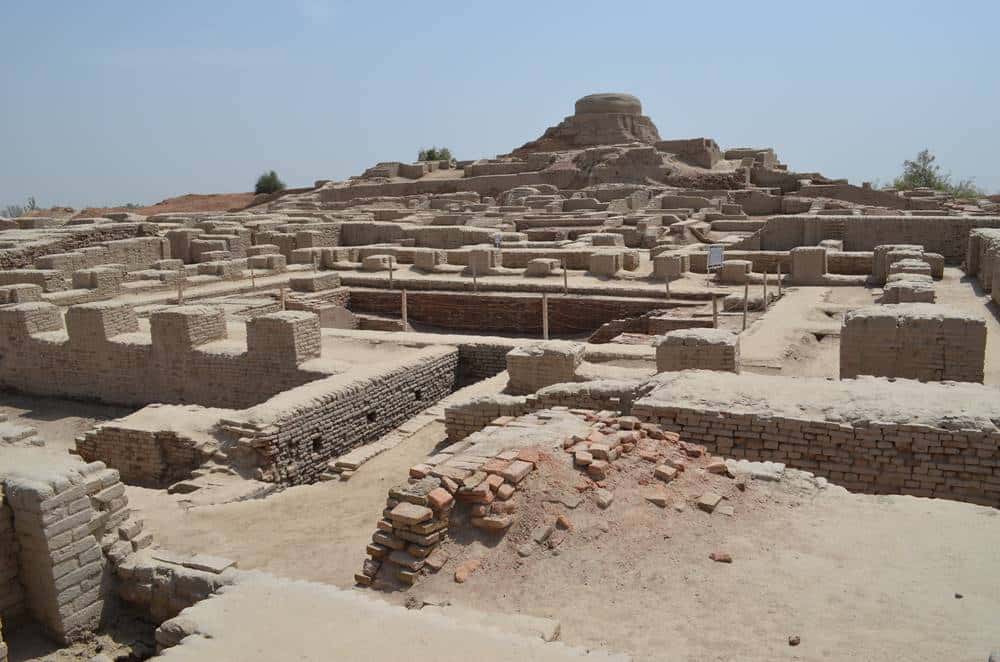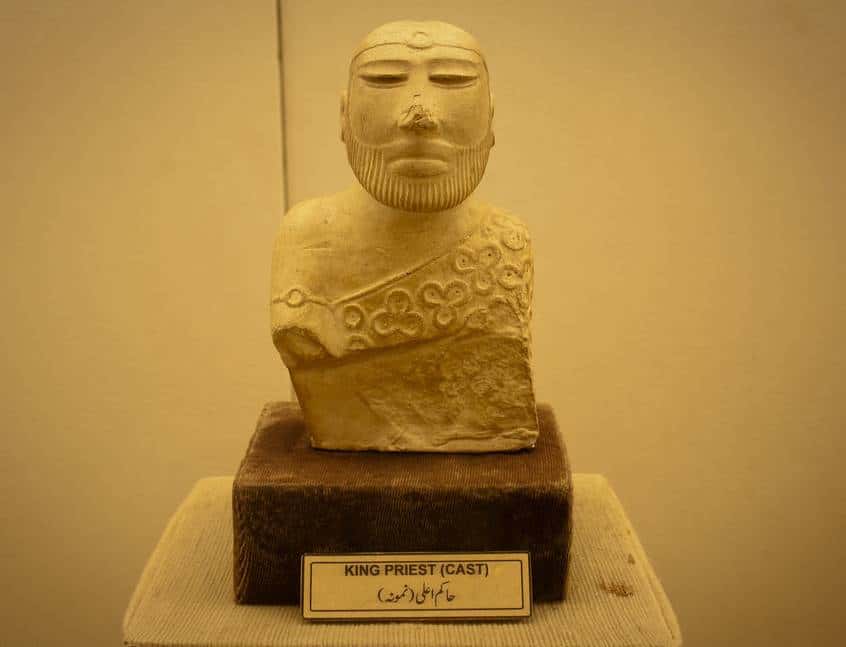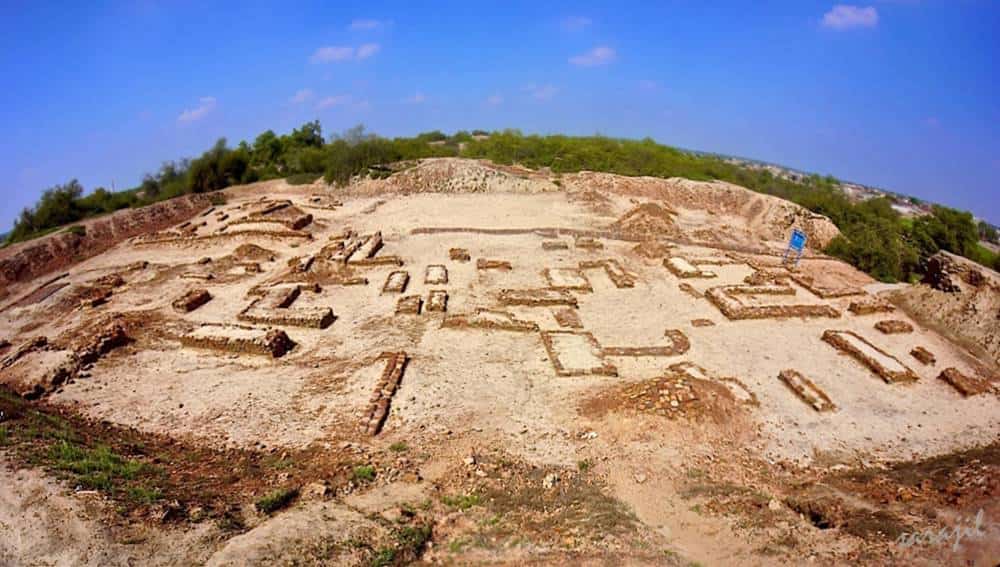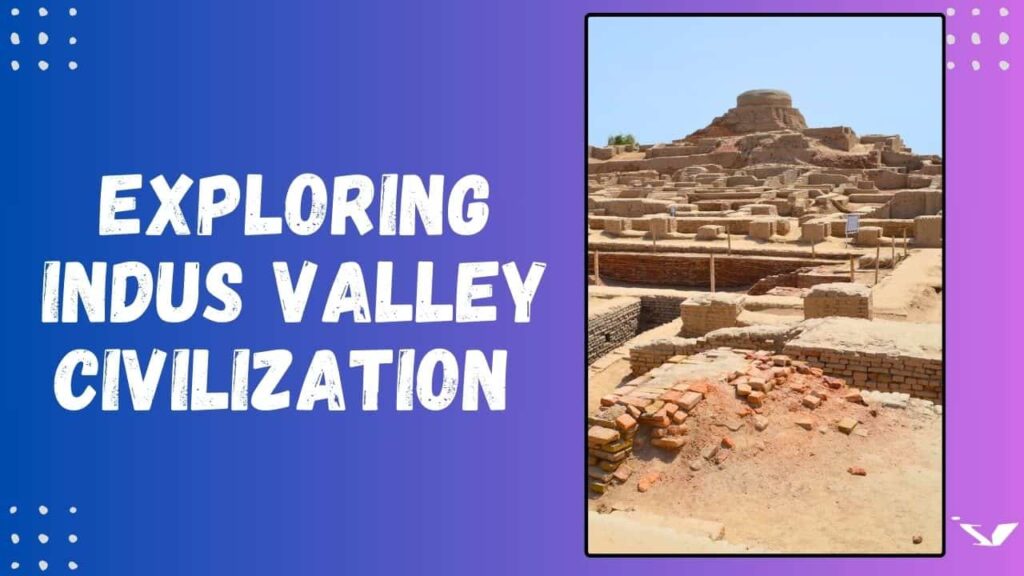Uncovering Enigmas: Exploring the Mysteries of the Indus Valley Civilization

Ancient civilizations hold an allure that captivates the human imagination. One such enigmatic society is the Indus Valley Civilization, a marvel that flourished thousands of years ago and left behind a treasure trove of mysteries. In this journey of exploration, we will delve into the historical background, archaeological discoveries, cultural aspects, and the fascinating writing system of the Indus Valley Civilization.
Introduction
Definition of the Indus Valley Civilization
The Indus Valley Civilization, also known as the Harappan Civilization, was one of the world’s earliest urban cultures, thriving around 3300–1300 BCE. Situated in the vast floodplains of the Indus River, this ancient civilization encompassed a sophisticated society with remarkable achievements in various fields.
Significance of Studying Ancient Civilizations
Studying ancient civilizations is not just a journey into the past; it’s a window into the foundations of our present. By unraveling the secrets of the Indus Valley Civilization, we gain insights into the evolution of human societies and the factors that shape our world today.
Historical Background
Origins and Timeline
The Indus Valley Civilization had its roots in the ancient Neolithic and early Bronze Age cultures, with a timeline spanning several centuries. Understanding its origins helps us grasp the intricate development of this ancient society.
Geographical Extent

Stretching across present-day Pakistan and northwest India, the geographical extent of the Indus Valley Civilization is awe-inspiring. Its major urban centers, Harappa and Mohenjo-daro, showcase the scale of their achievements in urban planning and architecture.
Archaeological Discoveries
Harappa and Mohenjo-daro Excavations
Archaeological excavations at Harappa and Mohenjo-daro have revealed meticulously planned cities with advanced drainage systems, brick-lined streets, and multi-story buildings. The precision of their urban planning remains a testament to the civilization’s sophistication.
Advanced Urban Planning and Architecture
The Indus Valley people were pioneers in urban planning, displaying a mastery of architecture that included well-designed houses, public baths, and granaries. The advanced nature of their structures challenges preconceptions about ancient societies.
Cultural Aspects
Art and Artifacts

The art and artifacts unearthed from the Indus Valley Civilization depict a rich cultural tapestry. From intricately crafted pottery to seals adorned with symbols, these relics offer glimpses into the daily lives and artistic expressions of the ancient inhabitants.
Social Structure and Daily Life
Exploring the social structure reveals a class-divided society with evidence of trade, craft specialization, and a thriving agricultural economy. Understanding the day-to-day lives of the people adds depth to our comprehension of their civilization.
Writing System
Deciphering the Indus Script
The Indus script has long perplexed researchers. While attempts have been made to decipher it, the script’s complexity has led to ongoing debates. Unraveling its secrets could provide profound insights into the communication methods of this ancient society.
Insights into Communication
The existence of a writing system suggests a level of sophistication in communication. Examining the symbols and script opens avenues for understanding the Indus Valley people’s methods of record-keeping, storytelling, or possibly religious practices.
Economic Practices
Agriculture and Trade
The agricultural prowess of the Indus Valley people, with advanced irrigation systems, contributed to surplus food production. Additionally, evidence of trade with neighboring regions highlights the economic prosperity that fueled their civilization.
Technological Advancements
From advanced metallurgy to intricate pottery techniques, the technological achievements of the Indus Valley Civilization demonstrate a society with a keen understanding of various disciplines. These advancements laid the groundwork for future innovations.
Decline and Disappearance
Theories on the Fall of the Civilization

Several theories surround the decline of the Indus Valley Civilization, including environmental changes, economic shifts, and external influences. Unraveling the mystery of its disappearance adds a layer of complexity to our understanding of ancient societies.
Legacy and Impact on Modern Society
Despite its decline, the Indus Valley Civilization left a lasting legacy. Examining its impact on modern societies, including cultural practices, urban planning, and economic strategies, provides a bridge between the past and present.
Perplexities Surrounding the Civilization
Unanswered Questions
The enigma of the Indus Valley Civilization raises numerous unanswered questions. What was the exact nature of their religious beliefs? How did they manage governance? These mysteries add a layer of intrigue to our exploration.
Ongoing Research and Future Possibilities
Advancements in technology continue to shed light on the mysteries of the past. Ongoing research, including satellite imaging and advanced archaeological techniques, holds the promise of unraveling more secrets hidden beneath the sands of time.
Burstiness of Discoveries
Recent Findings and Breakthroughs
In recent years, new discoveries have added fresh perspectives to our understanding of the Indus Valley Civilization. These breakthroughs highlight the dynamic nature of archaeological research and the burstiness of knowledge emerging from the ancient past.
How Technology Aids in Unraveling More Secrets
Technological advancements, such as 3D imaging and isotopic analysis, contribute to the burstiness of discoveries. These tools enable researchers to revisit existing sites and make new connections, continuously expanding our comprehension of ancient civilizations.
Connecting the Past to the Present
Relevance of Studying Ancient Civilizations Today
Studying ancient civilizations is not a pursuit confined to the past; it has profound relevance today. By understanding the foundations of human societies, we gain insights into addressing contemporary challenges and shaping a better future.
Lessons Learned from the Indus Valley Civilization
The Indus Valley
Civilization imparts valuable lessons about sustainability, urban planning, and cultural diversity. Learning from their successes and challenges provides a blueprint for creating resilient and harmonious societies.
Personal Reflection
My Fascination with Ancient Civilizations
As a curious explorer of history, the allure of ancient civilizations has always fascinated me. The journey into the Indus Valley Civilization, with its mysteries and marvels, deepened my appreciation for the complexities of human history.
What Studying the Indus Valley Civilization Taught Me
The study of the Indus Valley Civilization taught me that history is a tapestry woven with the threads of diverse cultures and innovations. It reinforced the importance of preserving our heritage and learning from the wisdom of those who came before us.
Conclusion
In conclusion, the Indus Valley Civilization stands as a testament to human ingenuity and resilience. By unraveling its secrets, we not only bridge the gap between ancient and modern worlds but also gain valuable insights into the shared journey of humanity.
FAQs
Q: Why is the Indus Valley Civilization considered significant?
A: The Indus Valley Civilization is significant for its advanced urban planning, cultural richness, and contributions to early human societies.
Q: What challenges do researchers face in deciphering the Indus script?
A: The complexity of the Indus script poses challenges in decipherment, with ongoing debates among researchers.
Q: How did the decline of the Indus Valley Civilization impact neighboring regions?
A: The decline had ripple effects, influencing trade, cultural exchange, and regional dynamics.
Q: What role did technology play in recent discoveries about the civilization?
A: Technological advancements, including 3D imaging and isotopic analysis, have been instrumental in recent breakthroughs.
Q: How can lessons from the Indus Valley Civilization be applied in the modern world?
A: Lessons in sustainability, urban planning, and cultural diversity from the civilization can inform contemporary challenges.
Picture credits: https://www.pexels.com/ ; https://pixabay.com/
Like this post?
Give a glance to our other posts too : https://indyviews.in/blogsy/
